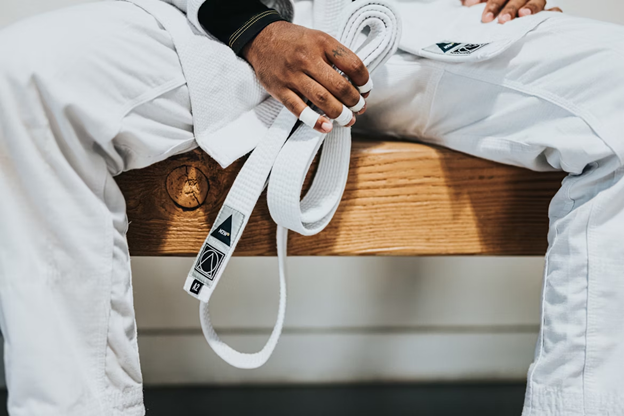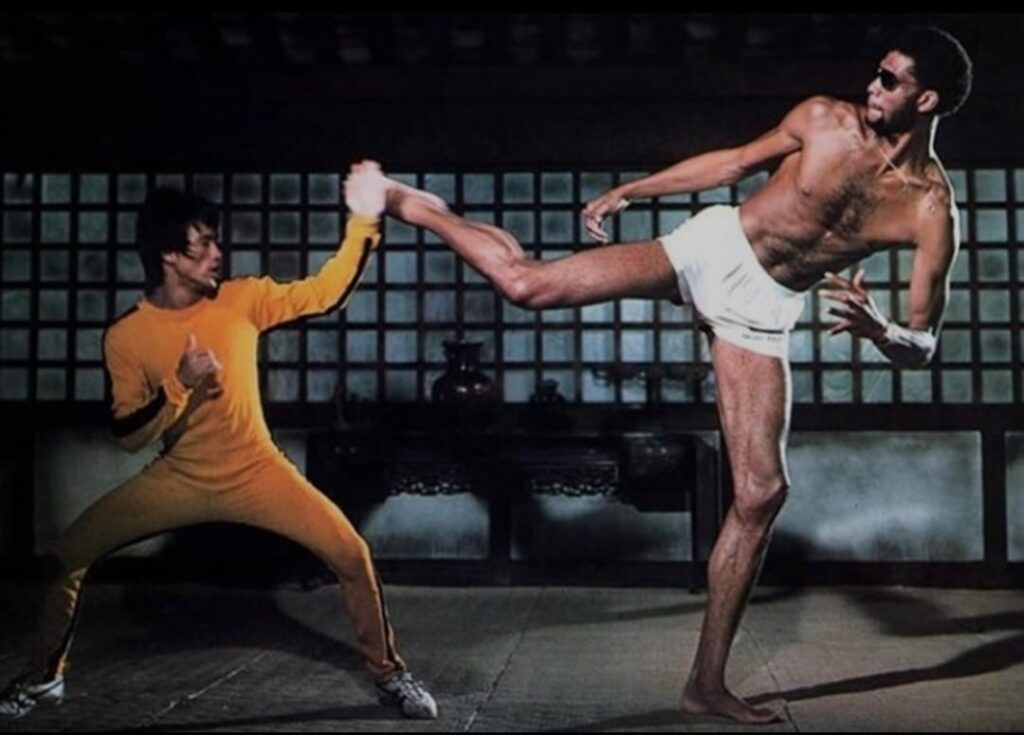
Knowing how to defend yourself isn’t just something handy; it can be a necessity in certain situations. Self-defense can offer real peace of mind, and the benefits go far beyond protection. Practicing martial arts can improve your focus and reduce stress, so we’ve gathered the best martial arts for self-defense in this article.







